The Cross-Country Running Scene Was Inspired By An Actual Event
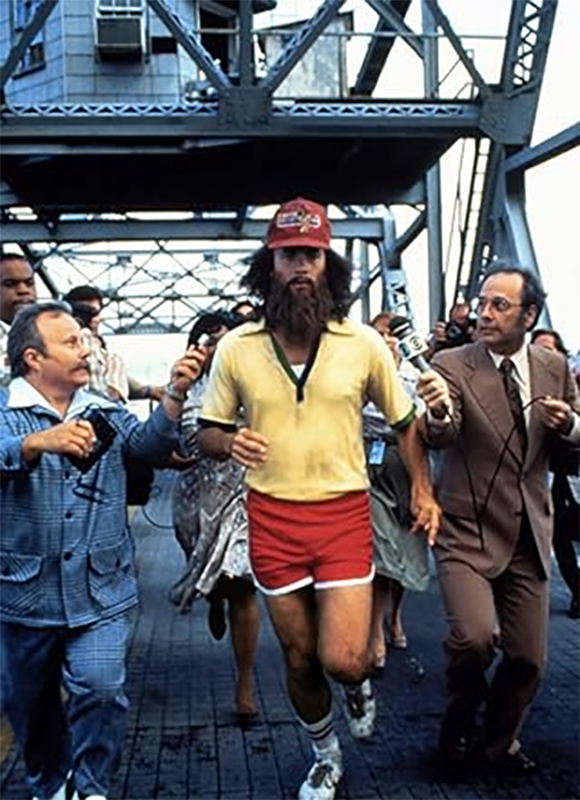
Yea, you heard us right! The famous running scene—one of the reasons Forrest Gump is a great film—was based on a real-life event. To raise money and awareness for the American Cancer Society, 16-year-old Louis Michael Figueroa ran from New Jersey to San Francisco in 1982.
Figueroa’s direct quote was even used word for word in the movie: “When I got tired, I slept. When I got hungry, I ate. When I had to go, you know, I went.” He made the trip on foot in 60 days, something even Forrest would be proud of.
The Actors Were Ill During Filming

Numerous actors came down with colds while filming on set. They managed to power through, however! Tom Hanks had a cold when he to film his famous running scene on the football field.
Robin Wright showed impressive dedication to her craft while filming the nightclub scene. The shoot lasted a full 24 hours! And she sang using her own voice WHILE sick. Yikes.
Forrest Gump Wasn’t Really Filmed in Alabama
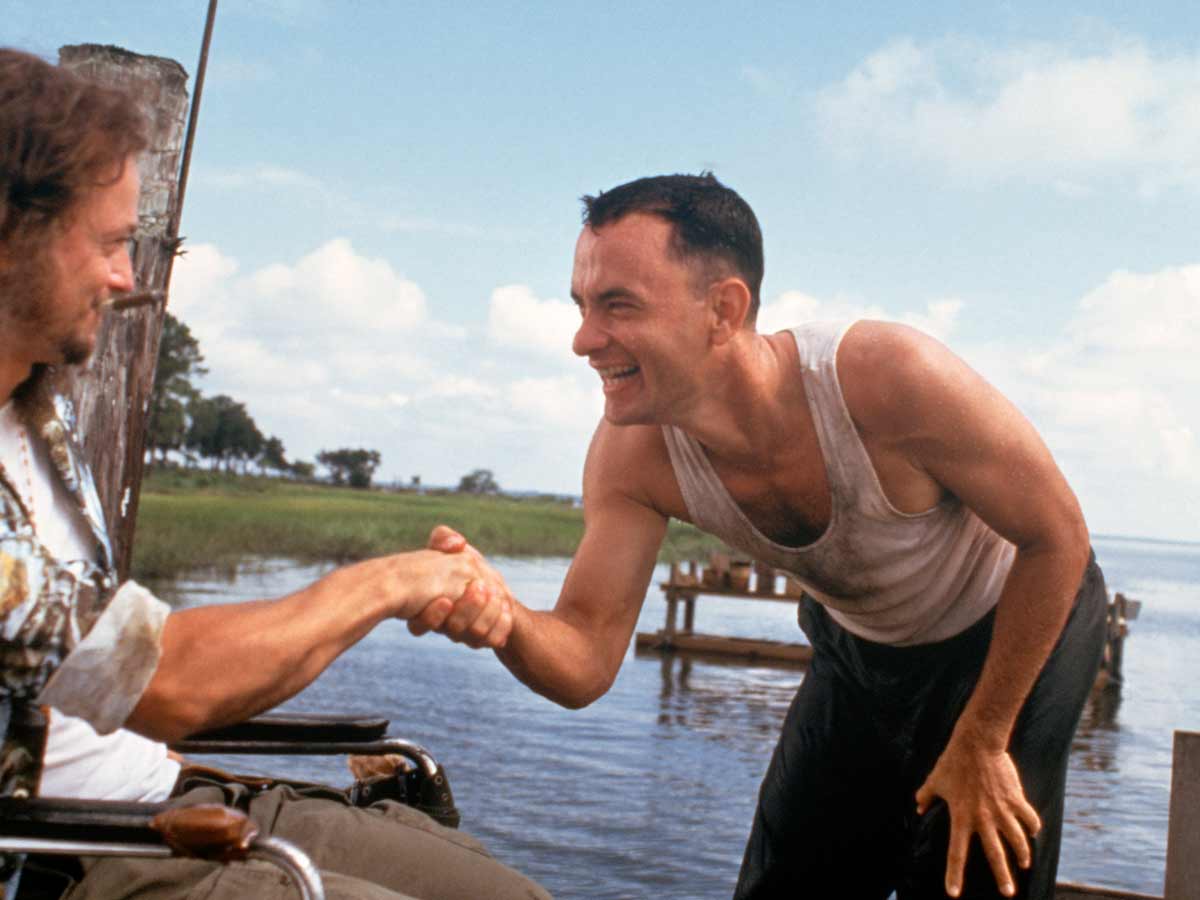
Alabama is the main setting for much of the film, except of course, the Vietnam sequences and Washington DC sequences. However, it turns out most of the film wasn’t shot in Alabama at all. Instead, various parts of the South stood in for the fictional town of Greenbow, Alabama.
The production headquarters were located in Beaufort, South Carolina. Other parts of the south even stood in for Vietnam – both in South Carolina and Georgia. Most people wouldn’t recognize the shooting locations in the film, so it ended up working just fine. It’s all part of the movie’s magic!
The Filmmakers Had No Idea Bubba-Gump Shrimp Would be Such a Popular Reference

The fictional Bubba-Gump Shrimp company owned by Forrest Gump in the film is a big deal in the film’s universe, but the filmmakers had no idea that the popularity of the fictional brand would bleed into real life. After the movie was released, there was a demand for Bubba-Gump merchandise.
At first, it was just things like hats, which sold out quickly but soon it would grow bigger and there would be a chain restaurant, inspired by the film, called the Bubba-Gump Shrimp Company. There are now many locations around the world, including 29 in the United States alone.
There is a Historical Inaccuracy in the Movie
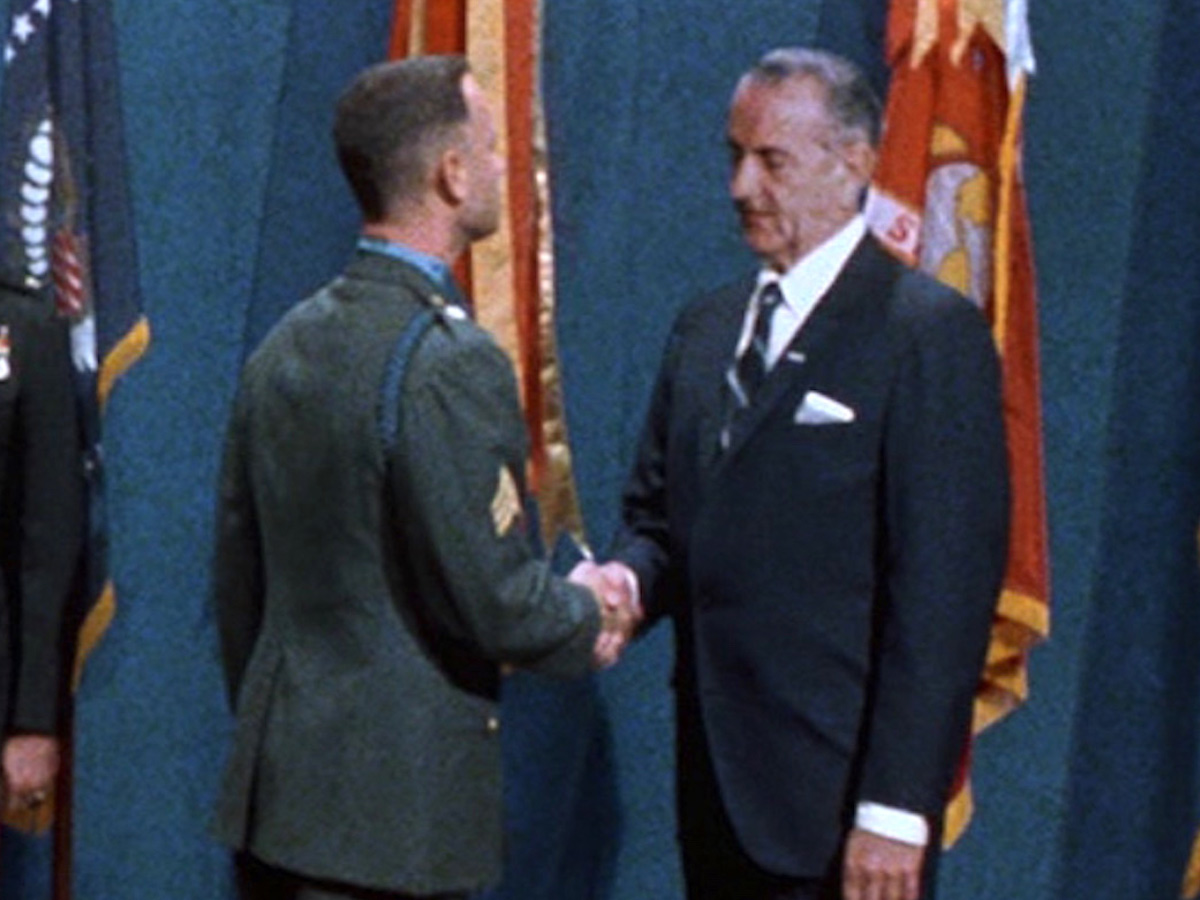
Although the movie seemed perfect to most of us, there was a small timeline problem that was never addressed. We know Forrest started his run on the day President Carter collapsed from heat exhaustion in 1971 because we see a TV newscaster reporting about it in the movie. Then, he ended his run while President Reagan’s assassination attempt was being reported on.
Forrest says he ran for just over three years and two months, but in real life, these events took place only a year and a half apart. At the end of the day, we really don’t mind the inaccuracy because the film more than made up for it.
‘Forrest Gump’s Oscar Win was Controversial

Forrest Gump wasn’t just a financial success. The film also earned plenty of accolades. For one, it earned Tom Hanks his second Oscar win. But the film also won an Academy Award for Best Picture and Robert Zemeckis earned the award for Best Director. However, the film was not seen as an Oscar favorite by film aficionados.
Two other films that came out that year were also favored to win: Pulp Fiction and The Shawshank Redemption. And particularly in recent years, Forrest Gump’s win has been a subject of controversy. While the other two films are also clear classics, it’s difficult to say whether either film would be met with the same controversy had they won.
The Hippie Scene Featured Actual Hippies
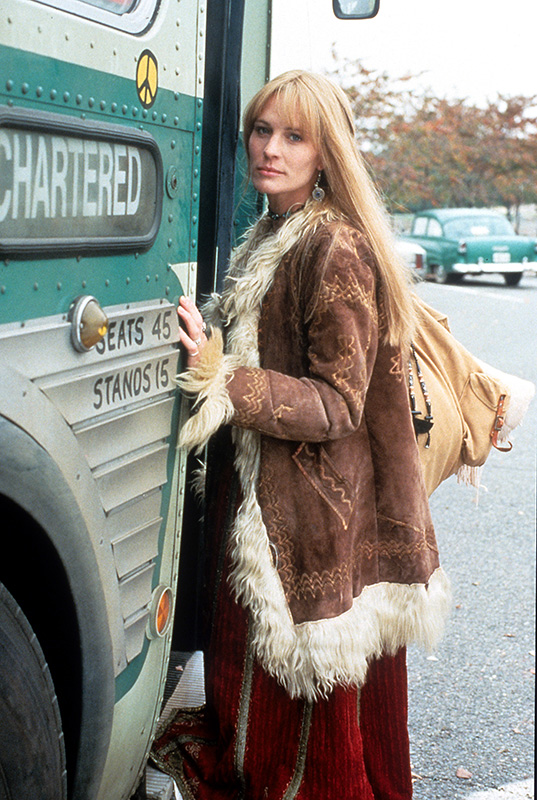
To shoot the hippie scene, everyone knew they would need a ton of people who looked the part. It was casting director Ellen Lewis’ brilliant idea to find the real deal instead of casting extras. That way, they wouldn’t have to do makeup and hair on a bunch of actors to achieve the hippie look of the ‘60s and ‘70s.
To save time and money, the cast and crew went to the Maryland Renaissance Festival to shoot the scene. There, they were able to find all the long-haired extras they needed.
John Travolta was the First Choice to Play Forrest Gump.

While it's hard to imagine anyone other than Tom Hanks playing the role of Forrest Gump now, at one point it was John Travolta who Robert Zemeckis had in mind for the role. Other people that were considered for the role were comedians Bill Murray and Chevy Chase.
However, John Travolta ended up passing on the role and Tom Hanks got it instead. Ultimately, it worked out for the best because Tom Hanks nailed it in the role, and John Travolta got a huge boost in his career from the film Pulp Fiction that came out the very same year.
(Image via Wikipedia; Paramount Pictures)
Every Line of Narration was Filmed Rather than Recorded

In most cases, narration in a movie is recorded after filming. And this typically involves actors basically reading their lines as with any voice over work. However, Robert Zemeckis didn’t want this for Forrest Gump. He didn’t want Tom Hanks to sound like he was reading from a script, so he had another idea.
The narration spoken by Tom Hanks was all recorded during filming, which meant that Tom Hanks had to remember his narration lines and perform them just like dialogue or monologue. This allowed the narration and bench monologues to flow seamlessly in the film. And it definitely doesn’t sound like Tom Hanks is just reading lines.
Forrest Gump's Childhood Segments were Inspired by Norman Rockwell
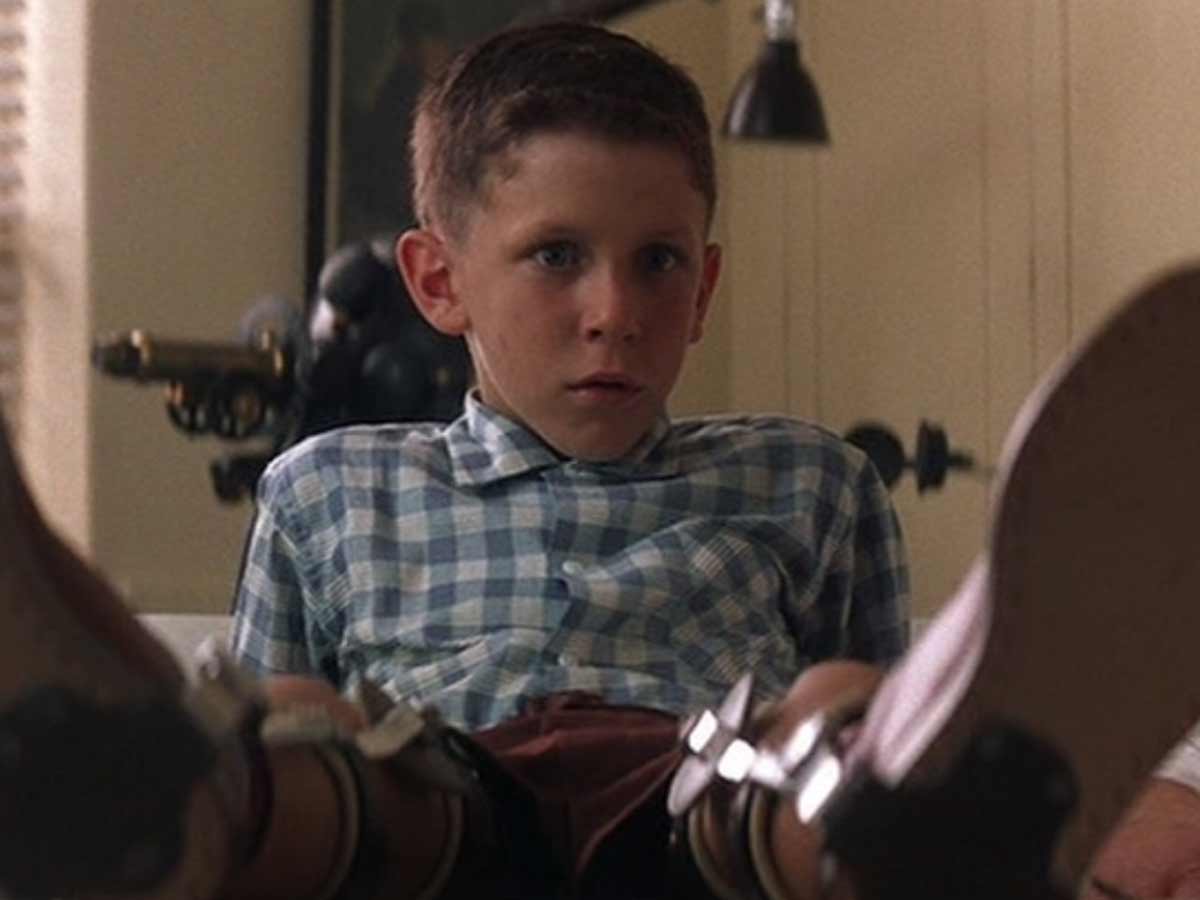
Forrest Gump’s childhood segments in the film were heavily inspired, in terms of look, by Norman Rockwell. All the scenes in the film were made to look like a Norman Rockwell painting. Production designer Rick Carter designed the scenes to look that way, using similar colors and elements to match Rockwell’s paintings.
Norman Rockwell was perhaps most famous for his illustrations for magazines like The Saturday Evening Post as well as his WWII paintings depicting Willie Gillis and Rosie the Riveter. He also worked closely with the Boy Scouts of America. During his lifetime, he produced nearly 4,000 original works depicting American life.
Sally Field Isn’t Actually Old Enough to Play Tom Hanks’s Mom
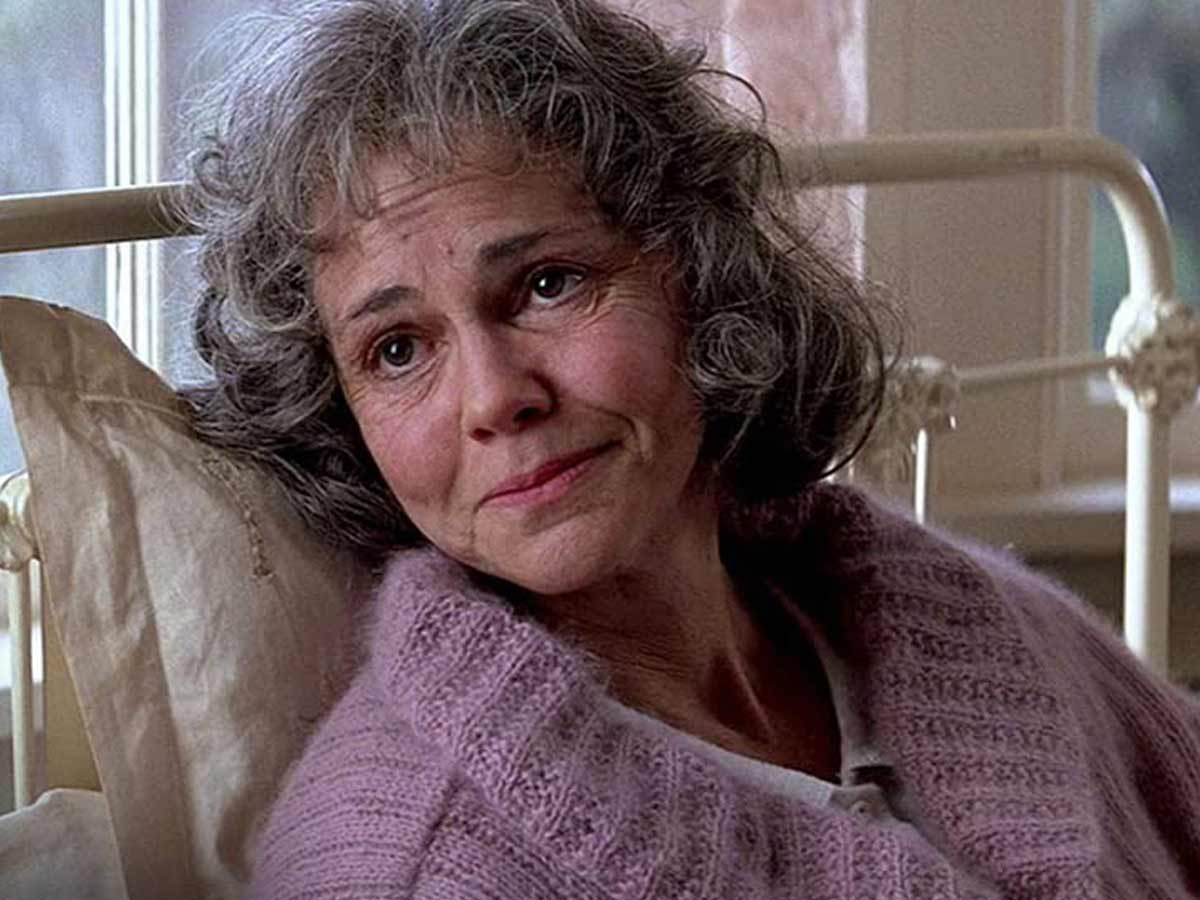
In the film, actress Sally Field plays Forrest Gump’s mother. In real life, however, Sally Field is not even old enough to be Tom Hanks’s mother as there is only about a 10-year age difference between the two of them. In fact, strangely enough, Sally Field actually played his love interest in the ‘80s comedy film Punchline.
Nevertheless, Sally Field does a great job believably playing his mother. In part its due to her fantastic acting abilities but it also has much to do with the right age makeup and costume design among other things. You don’t even think about the fact that Sally Field is only 10 years older in real life.
The Meaning Behind the Feather

The feather that bookends the beginning and end of the film has some symbolic significance that you may or may not have thought of. According to the film’s director, Robert Zemeckis, it is meant to convey the idea of the randomness of life, much like all the situations that Forrest Gump finds himself in.
This idea is repeated in one of the film’s iconic lines, “life is like a box of chocolates; you never know what you’re gonna get.” Interestingly, the feather was featured in the original screenplay only at the beginning. It was then added at the end of the film as well.
Zemeckis Thought the Film Would Only be Popular with Baby Boomers
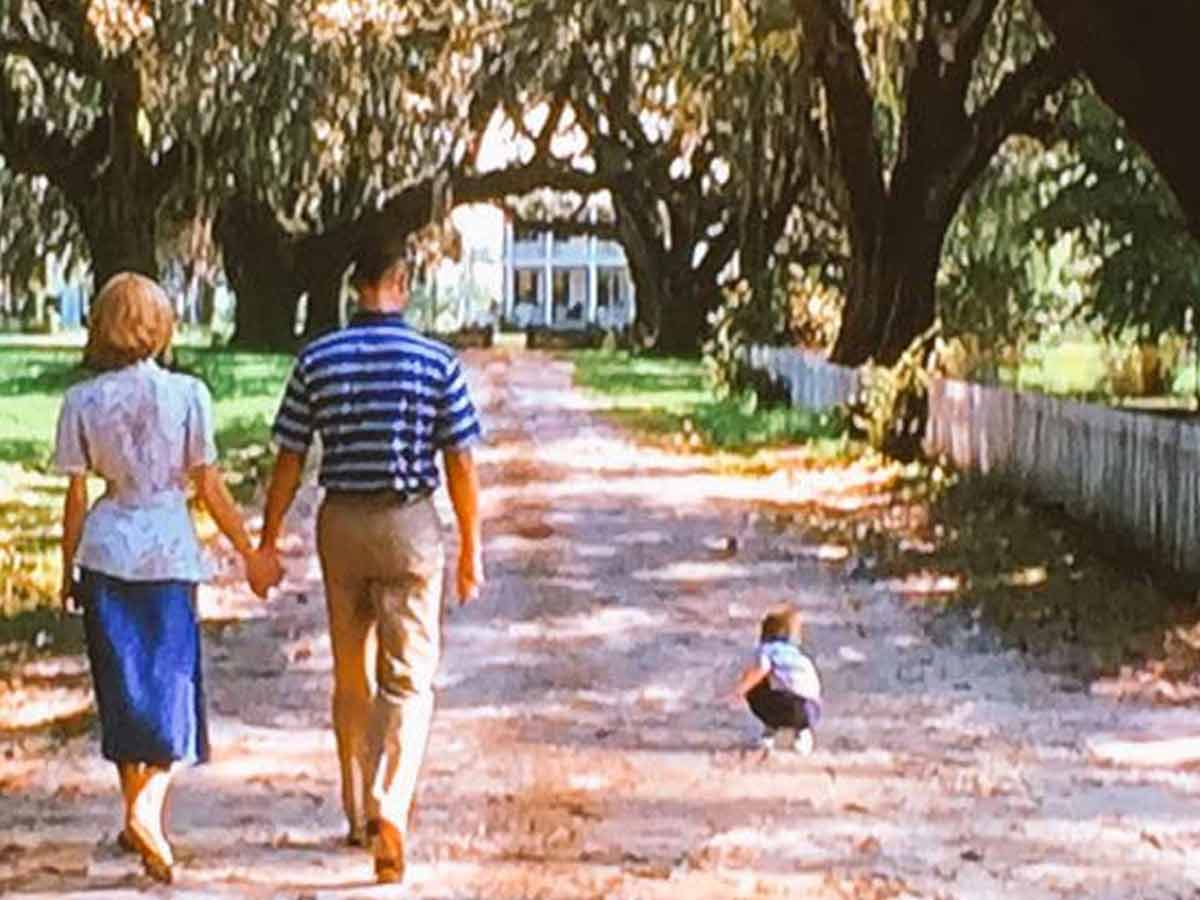
Given the film's subject matter and many historical references, Robert Zemeckis believed that only boomers would be able to appreciate the movie. Fortunately, he was wrong and pleasantly surprised on his part. The film ended up resonating with just about everyone at the time, even people outside of the United States.
Even with all of the film's American history references, audiences around the world still managed to appreciate the story and the film’s American humor. Zemeckis said about the film’s success, “it must have touched some nerve that’s beyond the historical part of America, and it was all about the real human story and all the life metaphors that are in the film.”
Tom Hanks and Robert Zemeckis Had a Mutual Trust

Tom Hanks and Robert Zemeckis had a working relationship based on mutual trust. That meant that they didn’t need to constantly consult each other. Zemeckis never had to ask what Tom Hanks would be doing for a scene and Tom Hanks never felt the need to tell the director what he would be doing.
Tom Hanks would just show up for filming and give the performance he felt was right. Allegedly, Hanks had told Zemeckis, “This is like taking a warm bath. I’m so comfortable in this character.” Interestingly, the first two weeks of filming didn’t involve Tom Hanks at all. He only showed up two weeks into production.
Forrest Gump Has His Eyes Closed in Every Photograph

The attention to detail in the movie is astounding. In every photo Forrest takes in the movie and every photo shown, his eyes are closed! Every! Single! One!
What an interesting detail the movie chose to include. We think that just makes Forrest an even more lovable and quirky character. It’s all those little details that make the movie so great.
The Running Sequence in the Film Was the Most Difficult to Shoot

The running sequences in the film were the most difficult to shoot for a number of reasons. For one, it required that they come up with a timeline for Forrest Gump’s run so that they could determine the evolution of his character and what was going on around him. His hair, makeup, and wardrobe would all have to reflect that timeline.
It would be especially important because it would all be shot out of order, so the continuity of the beard and the deterioration of the clothes would have to match up in the editing process. But the end result was nearly perfect as difficult as it was to produce.
‘Forrest Gump’ is Robert Zemeckis’s Highest-Grossing Film
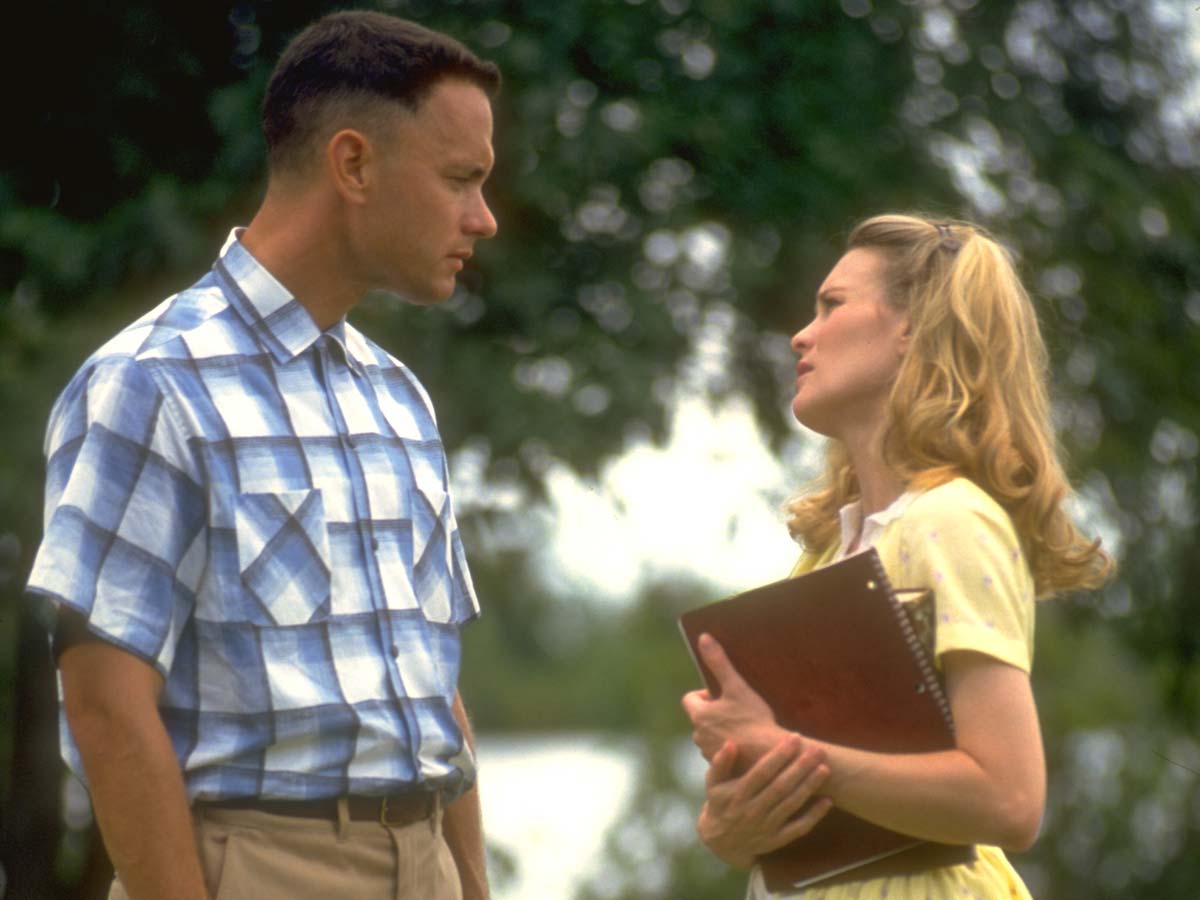
Forrest Gump was Robert Zemeckis’s biggest hit and that is saying a lot because he’s the same man that gave us other classic films like Back to the Future, Who Framed Roger Rabbit and Cast Away. The film was made with a budget of $55 million dollars, and it earned over $678 million worldwide at the box office.
To give you a little more context, Cast Away was his second highest-grossing film and earned $429.6 million. Meanwhile, the ‘80s classic Back to the Future earned around $338 million, which is only half of what Forrest Gump earned. That being said, it goes without saying that the film was his biggest success and will likely remain so.
Robin Wright was the Only Choice for Jenny.

Robin Wright was indeed the only choice for Jenny. The actress was the only person to read for the role and something about her drew in the filmmakers. Producer Steve Starkey said:
There’s no doubt in casting her, you really had to find someone who deep inside of themselves could show the emotion of a damaged and deeply hurt individual... Robin somehow was able to depict that throughout the entire movie, that somehow beneath the surface of her beauty was this hurt in herself.”
One fact you may not be aware of is Jenny’s last name in the movie. It is never said aloud in the film so most people don’t know it, referring to her character only as “Jenny.” But the name is there. It can be seen on some mail that was delivered to her and that last name is Curran.
It was Haley Joel Osment’s Acting Debut

Forrest Gump marked the film debut of child actor Haley Joel Osment. The young actor played the illegitimate son of Jenny and Forrest in the film. According to producer Wendy Finerman, he was chosen because they felt he was “the proper mixture between a Jenny and a Forrest.”
Haley Joel Osment would be best known for his role in the psychological thriller The Sixth Sense which would really launch his childhood career. He ended up working with Steven Spielberg in A.I. Artificial Intelligence and he would also appear in the film Pay It Forward – both of which were fairly successful.
Forrest Wears a Blue Plaid Shirt to Signify Each Time Change
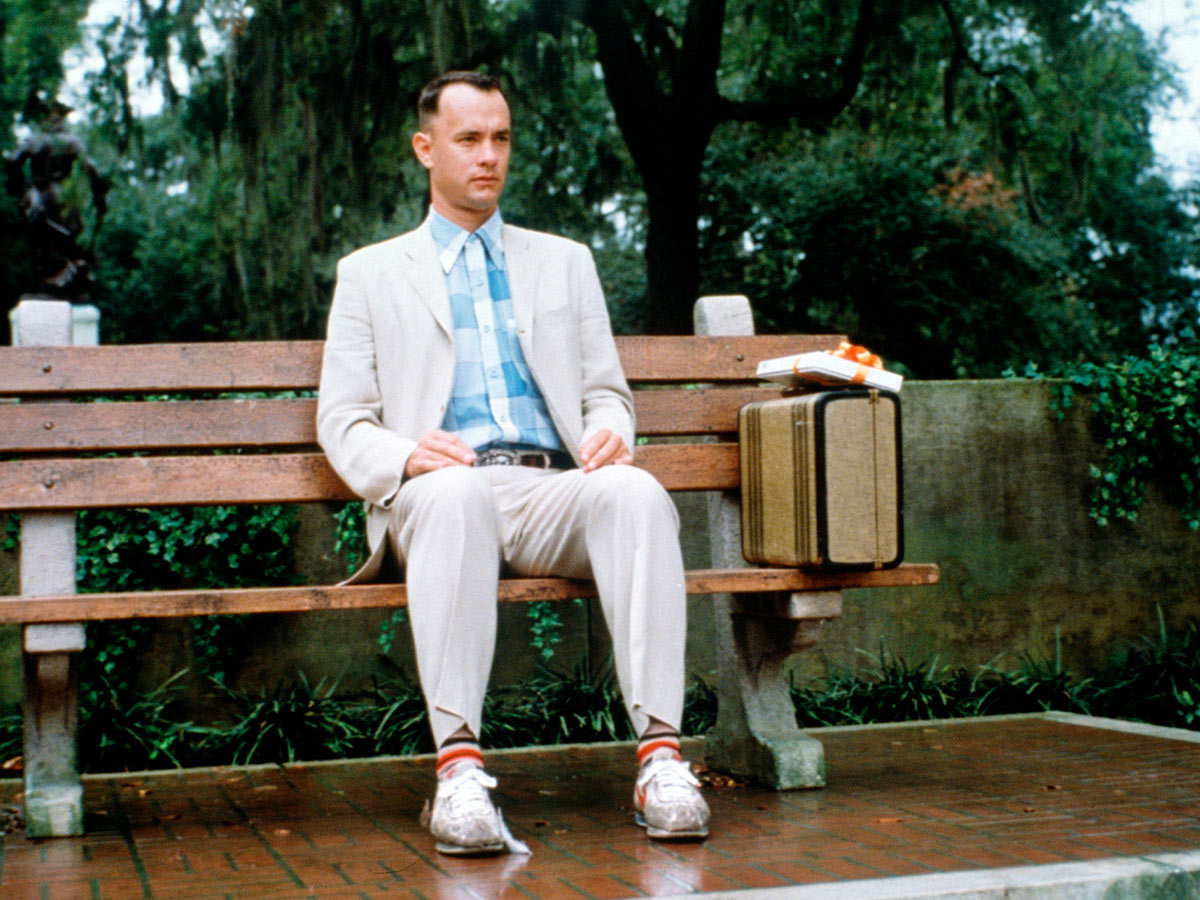
One of the best parts of Forrest Gump is that we, as viewers, get to watch Forrest grow up! He goes from that lovable little boy to an endearing man, all grown-up. But the one thing that stays the same is his wardrobe.
The film is riddled with time jumps, but the wardrobe department helps viewers keep the timeline straight. In the first scene of each time jump, we see Forrest in a blue plaid shirt. This little detail is kept the same, and we think it’s a way of letting the audience know he’s still the same old Forrest!
Tom Hanks Wasn’t A Fan Of The Accent At First
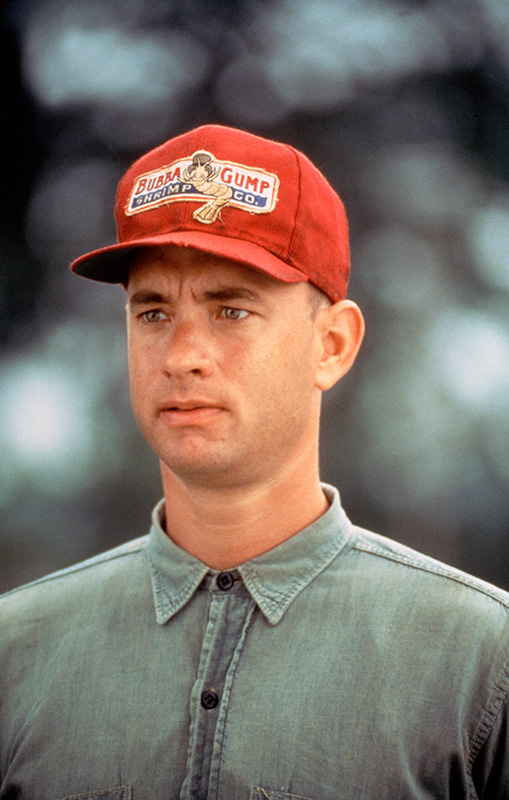
We can all agree that Forrest’s iconic accent just adds to the endearing nature of the character. However, Tom Hanks wasn’t convinced the accent was meant for the character at first.
It wasn’t until he heard the actor who played young Forrest, Michael Conner Humphrey, speak with the accent that he was sold. Hanks went on to very much make the accent his own!
Tom Hanks Refused a Regular Paycheck To Keep the Movie Afloat
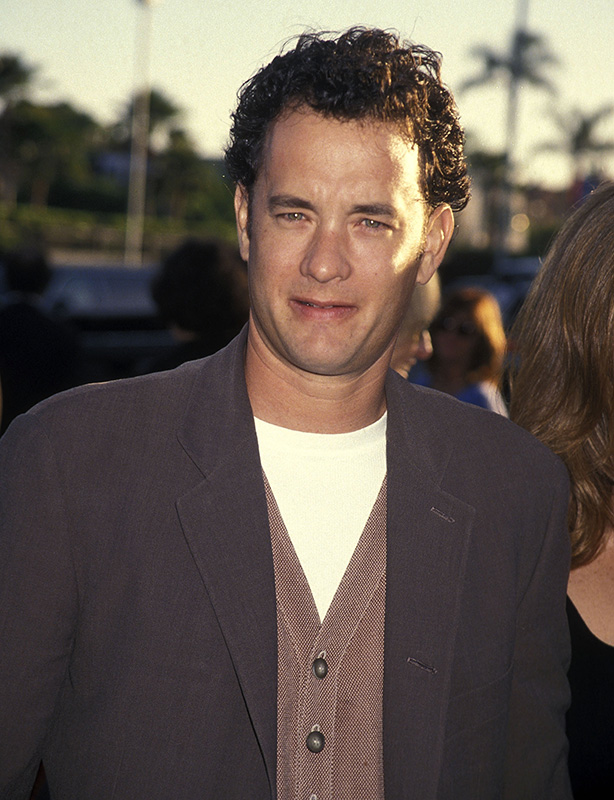
Forrest Gump almost didn’t happen because of financial problems. Tom Hanks and Robert Zemeckis split the cost of the cross-country running scene out of pocket because the studio refused to pay for it.
Hanks even refused a regular paycheck, instead only taking a commission based on how well the movie did. What a good choice in the long run because he ended up making $40 million!
Tom Hanks Was Superimposed On Actual Historical Footage

A driving force in the movie is how Forrest accidentally intertwined himself with significant historical events. What’s fascinating is how the movie edited actual historical footage to include Forrest!
To create the scene where Forrest meets President Lyndon B. Johnson, actual footage of Vietnam veteran Sammy L. Davis receiving his Medal of Honor from the President in 1968 was used. Tom Hanks’ head was superimposed on Davis’ actual body. They did such a good job of this. Forrest looked like he was actually receiving the medal!
‘Forrest Gump’ was a Book First

Forrest Gump was adapted from a book which is why it earned the award for Best Adapted Screenplay at the 1995 Academy Awards. It had been adapted from a book written in 1986, under the same title. Written by Winston Groom, the book was not a huge success when it was released.
It wasn’t until after the film’s success that the book Forrest Gump sold over one million copies. The success of the film even led the author to write a sequel. However, the sequel would never be adapted into a film, which will likely remain true given that the plans for the film sequel ultimately fell through.
Tom Hanks Told Us What Was Said When the Microphone Was Pulled

At a pivotal point in the movie, Forrest walks up to the microphone to make an impactful speech to a crowd of antiwar protesters. Unfortunately, the microphone was pulled before everybody could hear what was said.
Fortunately for us, however, Tom Hanks told us what Forrest said at that moment. “Sometimes when people go to Vietnam, they go home to their mommas without any legs. Sometimes, they don’t go home at all. That’s a bad thing. That’s all I have to say about that.”
The Soundtrack of the Movie Was a Hit Too

The box-office smash made millions worldwide, but it wasn’t just the movie itself that was a hit. Over 12 million copies of the soundtrack sold! Each song was perfectly curated to have an emotional and lasting impact on the audience (something they more than succeeded at).
The soundtrack had classics like "Fortunate Son" by Creedence Clearwater Revival, "For What It's Worth" by Buffalo Springfield, and "Sweet Home Alabama" by Lynyrd Skynyrd. We wish we had soundtracks to our lives as good as Forrest’s.
The Famous Bench Still Stands
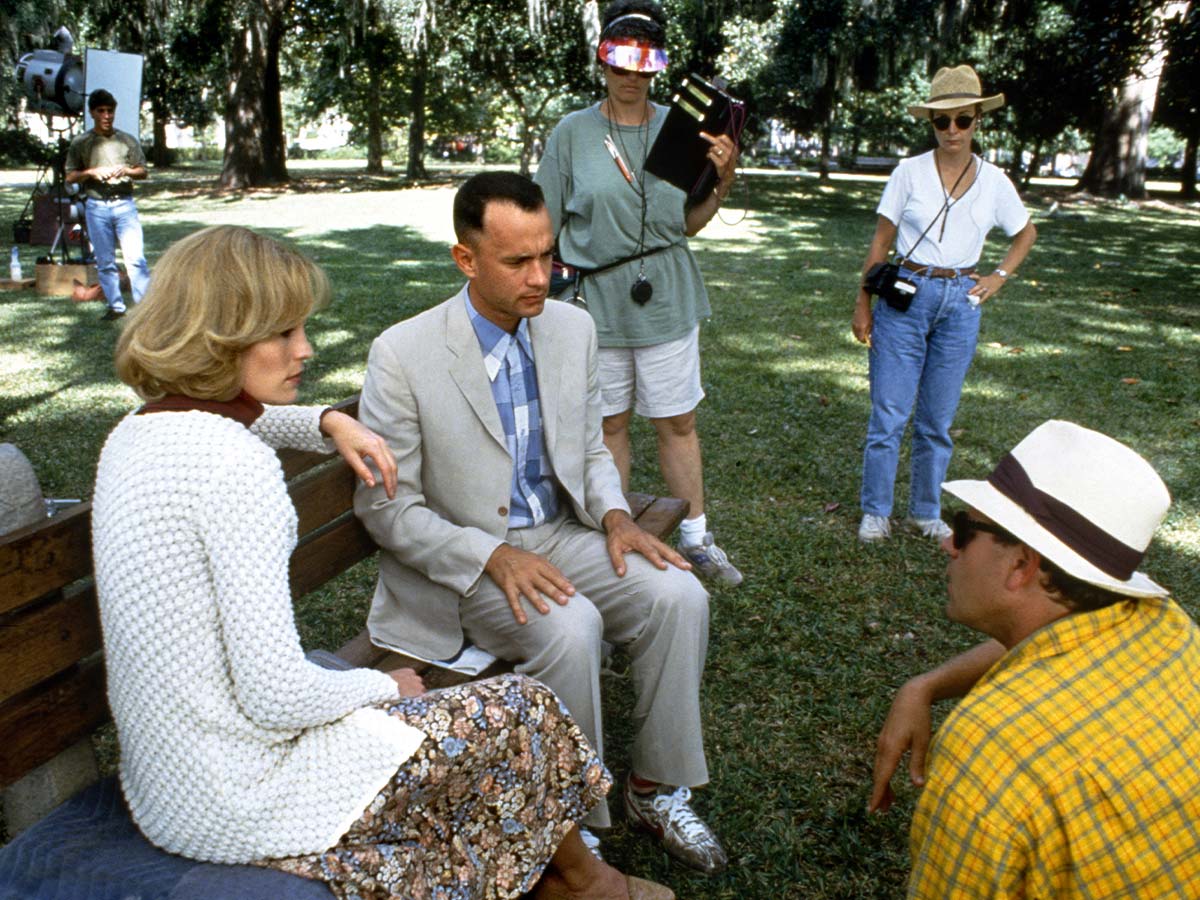
The iconic bench Forrest sat on for a lot of the movie is located in Savannah, Georgia. Savannah officials wanted to protect the bench so it could be enjoyed for years to come. They were afraid of it being damaged by bad weather or even stolen.
The resolution was to place the bench in a museum! You can see the bench today in the Savannah History Museum.
One of the Most Famous Lines was Improvised

A fan-favorite line almost didn’t happen. "My name is Forrest Gump. People call me Forrest Gump" was uttered by Tom Hanks and really captured the character of Forrest.
However, the line wasn’t originally in the script! Hanks improvised the line because it felt right, and Zemeckis agreed. Not only did the scene and line stay in the movie, but it would be quoted by fans for years to come.
Tom Hanks’ Brother Doubled For Him In Some Running Scenes

Speaking of the running scene, its creation was actually a family affair! In the movie, Forrest ran for just over three years, but the sequence only lasted about seven minutes for the audience.
Regardless, we know Tom Hanks didn’t get too tired while filming because his younger brother Jim was there to double for him during the running sequence. They tried to hire other doubles, but no one could recreate Hanks’ run quite like his own brother!
Lieutenant Dan’s Rosary Was Real

Lieutenant Dan may have been a fictional soldier, but Gary Sinise’s (the actor who portrayed him) brother-in-law was an actual Vietnam veteran! The two shared a big connection during production.
In the movie, Lieutenant Dan wore a rosary with a St. Christopher Medal that had the inscription “Protect Us in Combat.” The rosary belonged to Sinese’s brother-in-law, who actually wore it during combat.
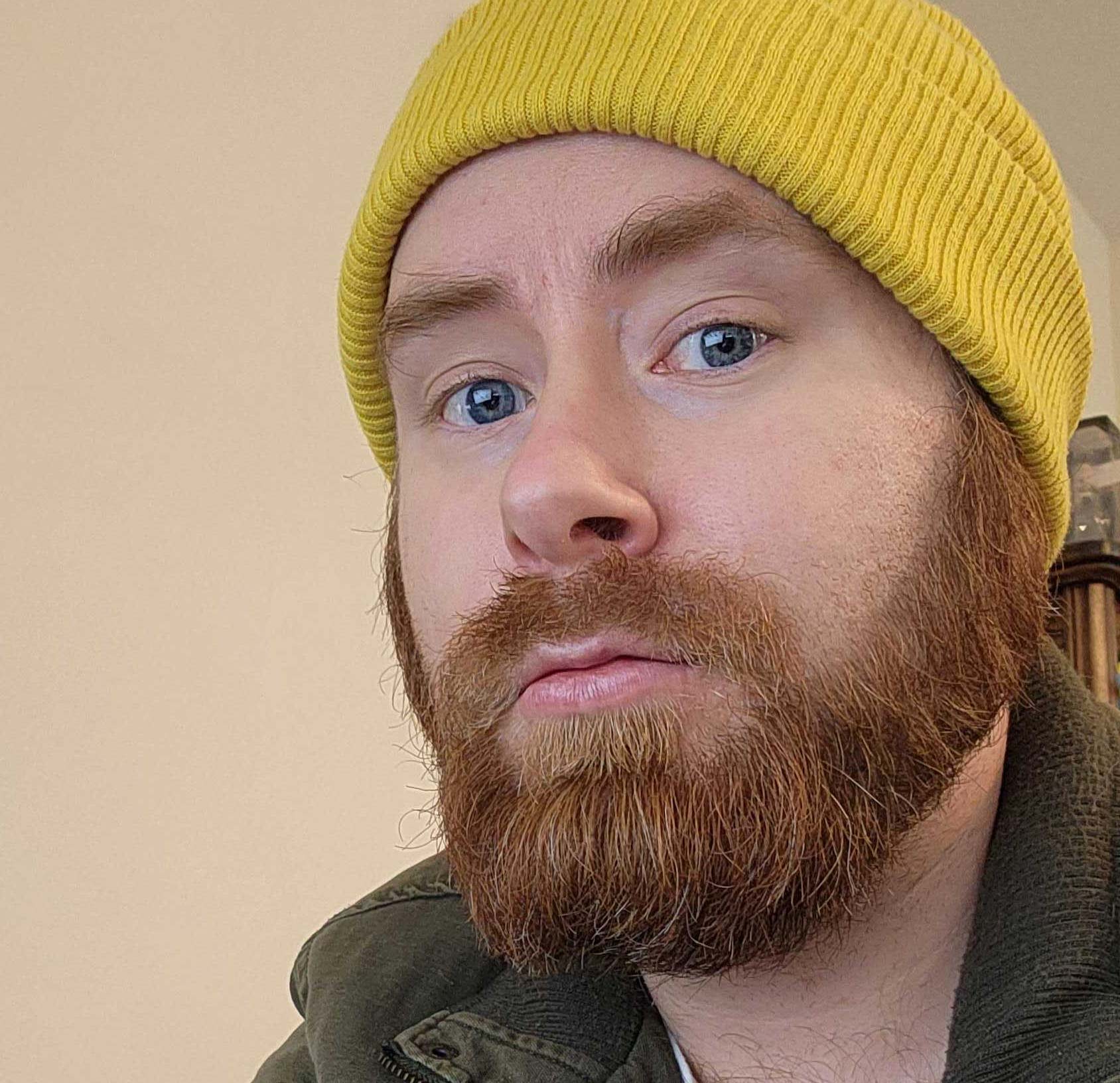 Author
James Stephens
Last Updated: December 01, 2025
Author
James Stephens
Last Updated: December 01, 2025